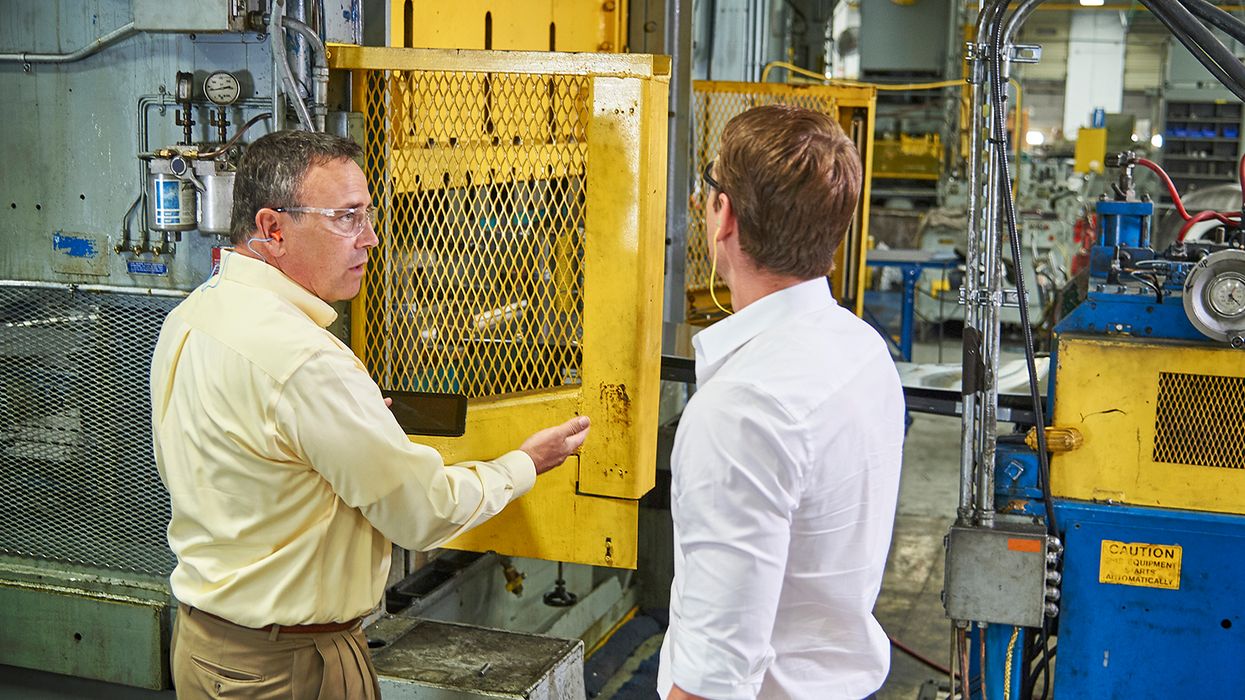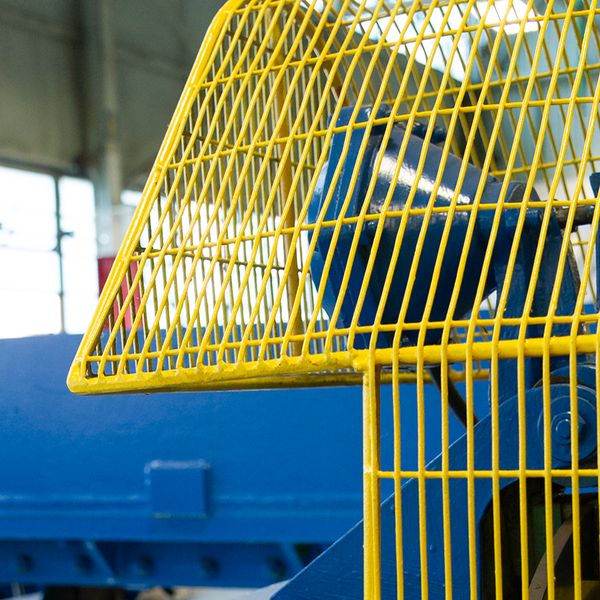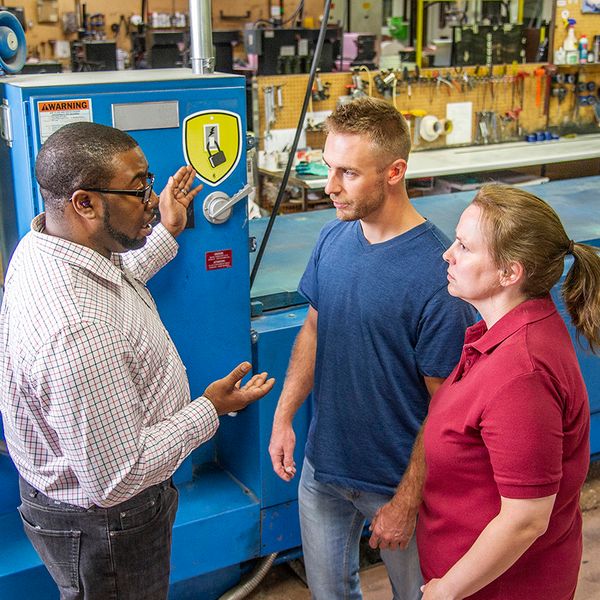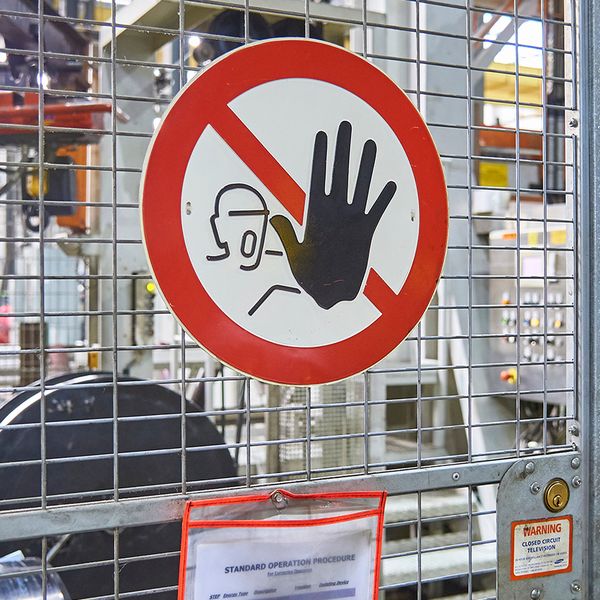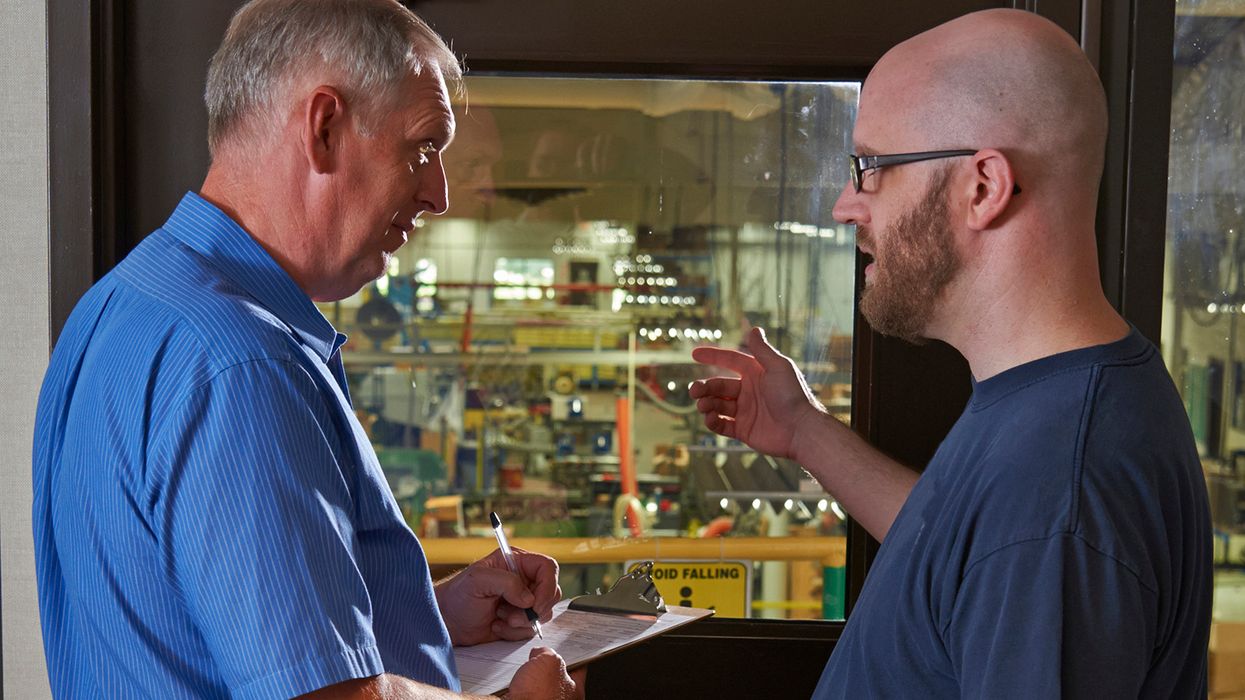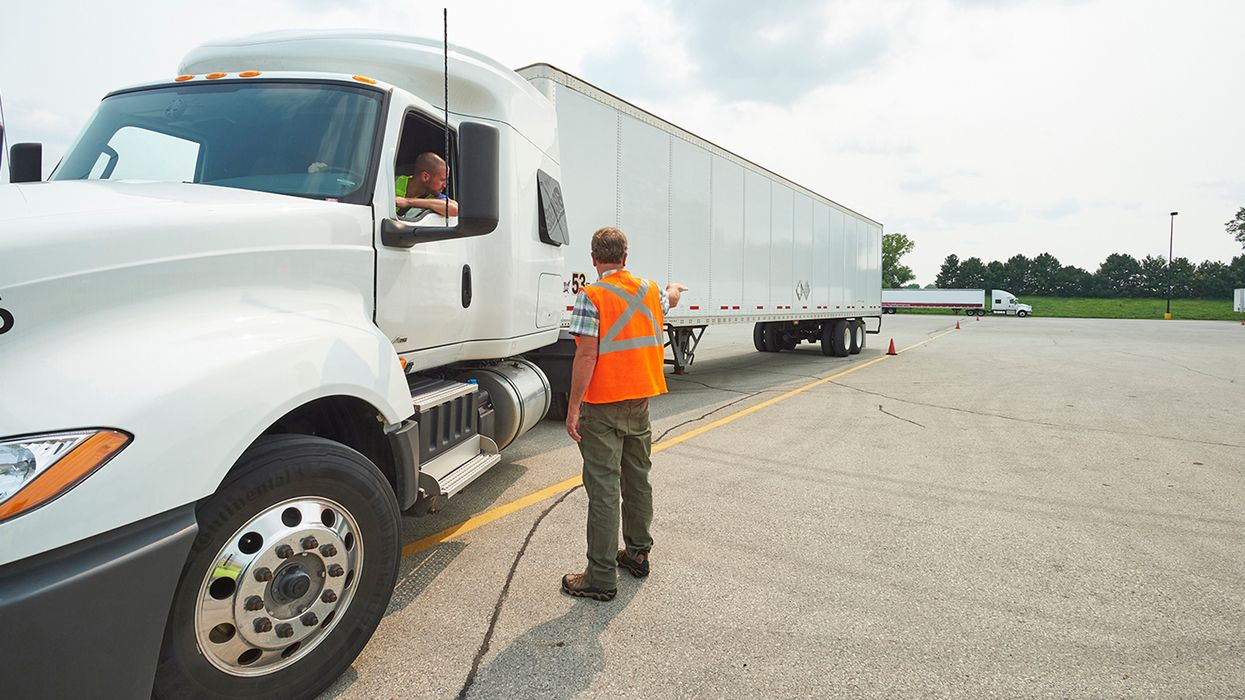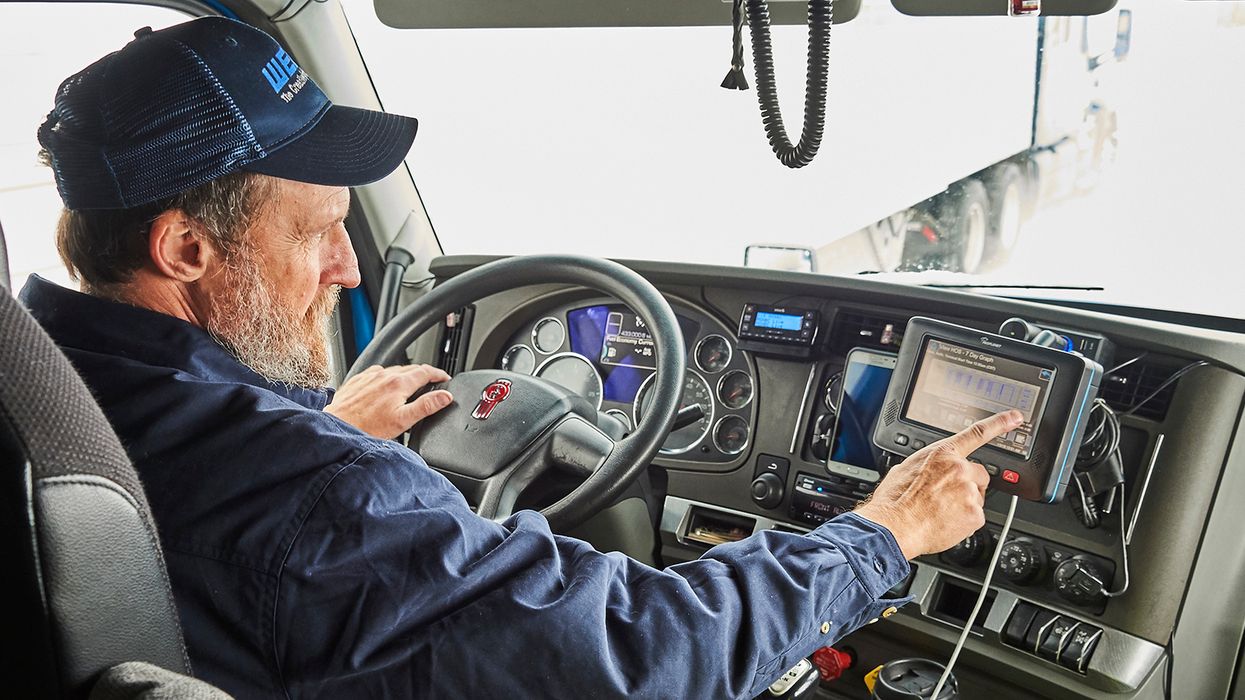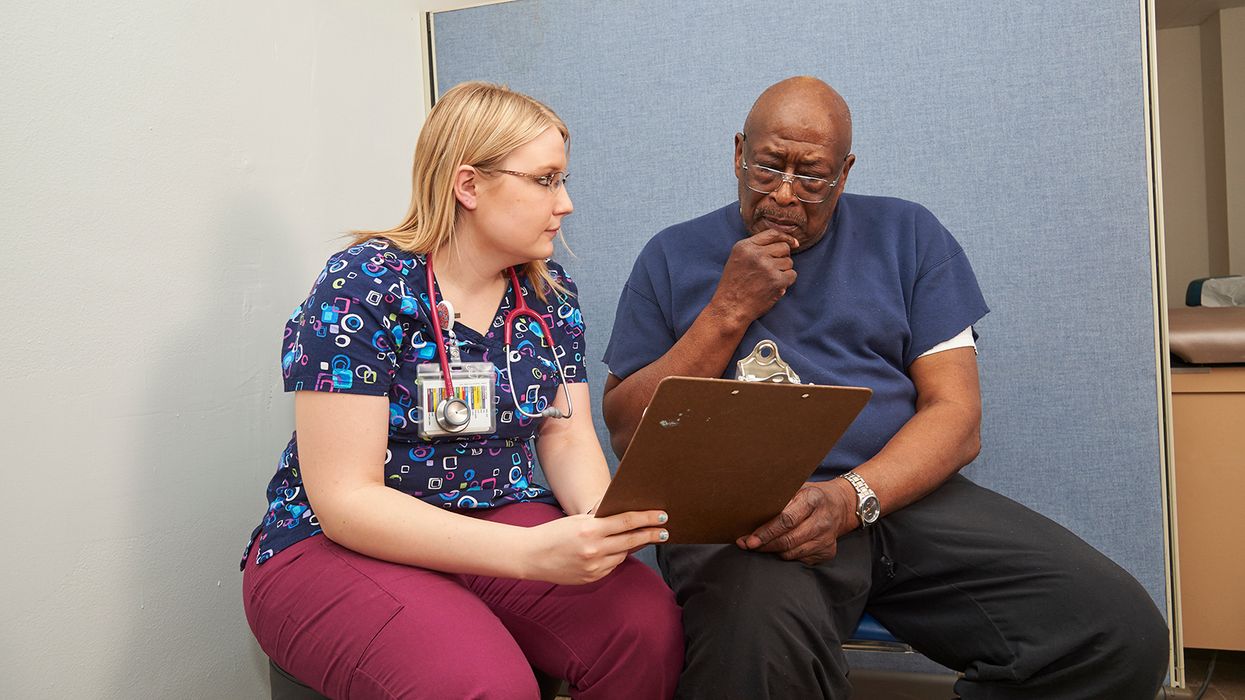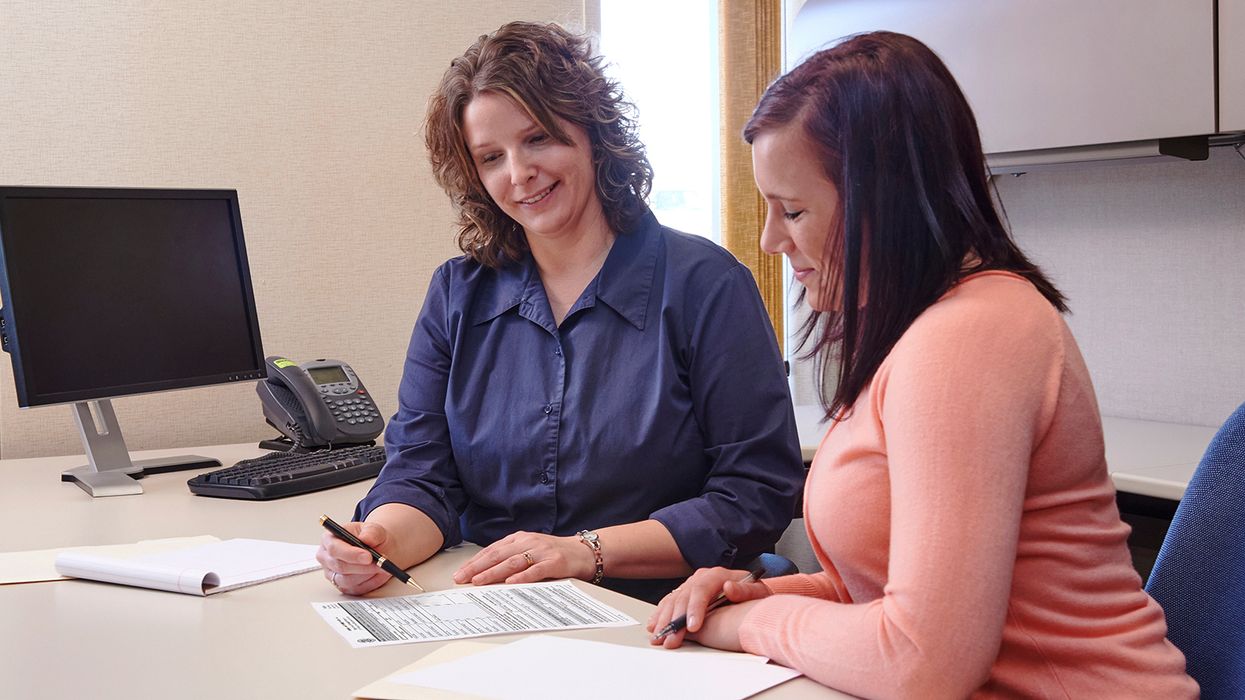On but not forgotten: How to properly care for machine guards
Unguarded machinery isn’t the only liability for OSHA citations. Companies can be cited for defective machine guarding just as often as they’re cited for no guarding. As recently as June 7, 2022, a manufacturing facility in Wisconsin was found culpable for a worker’s crushed leg due to unguarded machinery. OSHA issued one willful and 11 serious violations with proposed penalties of over $250,000. When was the last time your machine guarding was inspected and serviced?
Machine guarding focus areas
Amputated fingers, crushed legs, and severe burns are just a few injuries caused by inadequate or defective machine guarding. If there are moving parts, workers are exposed to hazards. So, employers must ensure safeguards are sufficient and adequate to protect workers. Hazardous exposures are created from:
- Points of operation: Where work is performed on material, such as cutting, shaping, punching, boring, or forming stock.
- Pinch or nip points: Where two parts of a machine or the machine and stock come together.
- Power transmission apparatus: Any component of a mechanical system that transmits energy to the part of the machine performing the work. These include flywheels, pulleys, belts, connecting rods, couplings, cams, spindles, chains, cranks, and gears.
- Other moving parts: Any part of a machine that moves during machine operation. These can include reciprocating (moving backward and forward), rotating (spinning or twisting), and transverse moving (crossing over) parts, as well as feed mechanisms and auxiliary parts of machinery.
Inspecting and caring for machine guarding
Machine guarding, whether from a manufacturer, aftermarket, or build in-house from an engineer, is not an “install and forget it” concept. All machine guarding should be included in regular inspections. Guarding must:
- Be sufficient to prevent access above, around, below, through, or into moving parts of equipment. Workers should not be allowed to break the plane of any hazardous area with any body parts.
- Be positioned properly. Bench grinders are a good example where tool rests and guards are either missing or not adjusted within the ¼” or 1/8” respective requirements.
- Work properly with lubricated parts and secured fasteners.
- Not be bent, broken, full of holes, or corroded.
- Be designed so it isn’t easily bypassed. Guarding should require a tool for removal to prompt proper lockout or other safe work procedures are followed when guards are removed.
- Be accompanied by additional safeguards as needed. These include two-hand controls, positioning or holding devices, dual switches, foot controls, etc.
Whose responsibility is it?
Supervisors know what guards are required and have the best opportunity to ensure required guards are in place and in good condition. They must train and continually remind employees on workplace hazards and machine guarding as workers’ protection.
As part of employee training, employers should also remind workers of their individual accountability. This includes knowing the hazards, using proper guarding and other controls, and immediately reporting missing guards or guards in disrepair.
Keys to remember
Any machine part, function, or process that moves or can cause injury must be safeguarded. Complete protection requires ensuring machine guards are not just present but are maintained properly and function as required. This is best done by adding machine guarding to inspection processes. Workers must be trained and held accountable for recognizing hazards and understanding safeguarding protocol.

